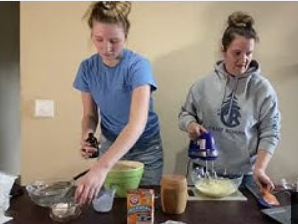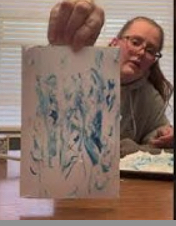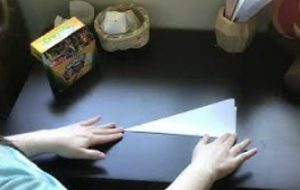Earning your own dollar makes spending or saving it that much sweeter.
Whether you’ve had your own lemonade stand, done chores in your own home, helped mow a neighbor’s lawn, or shown up with a snow shovel after a storm to offer to remove snow for compensation, you know you learned about the value of money through the experience. For a child, you start to think “I am an entrepreneur!” Some children are naturally inclined to pursue how they can earn money and others may need a little nudge.
A classic read about developing a business thinking mind is Daryl Bernstein Better Than a Lemonade Stand or start young with the Bernstein Bears Trouble with Money
Talking about money is a great way to get started. The strategy of earning three dollars a week and putting one dollar in each jar, Save, Share, Spend develops empathy, the concept of saving for something special and the excitement of having some money to spend along the way. The share jar is a project unto itself providing the opportunity for children to figure out where to share their money. Perhaps it’s your local church or synagogue or a family shelter or meals for seniors, or one of our favorites: World of Change, Maine Needs, Good Shepard Food Bank.
Opening a bank account, buying stocks, recording and balancing a check book bring up a lot of opportunities for learning and discovery. Forbes writes about five strategies for teaching children about money including talking about why you buy a generic food, or giving them 5 dollars to pick out the fruit at the grocery store:
Children as young as three can learn about money. Having a play store with a cash register at home is a great start.
As we all reel from the economic reprecussions of the pandemic, this topic may be harder to broach than others but starting simple and using the good intent of teachable moments will scare away the financial monsters we are all battling at this time.
Here’s to 2021 to good health and better lives for all.
Love, Aionur



